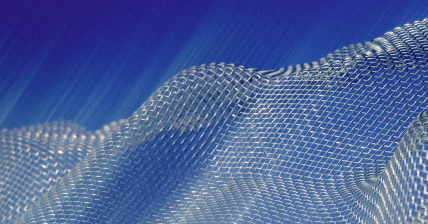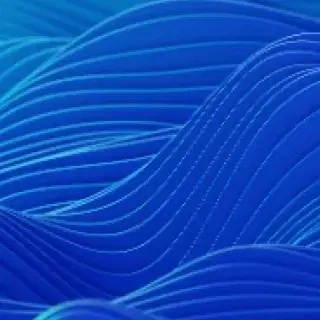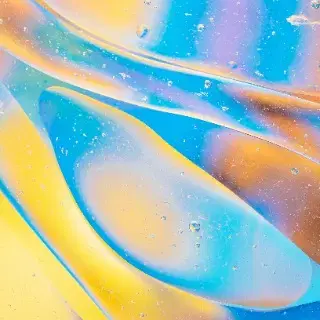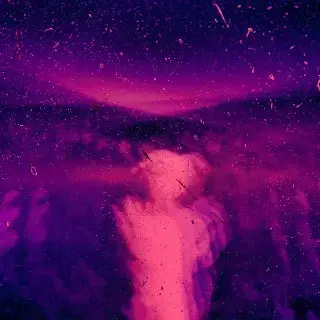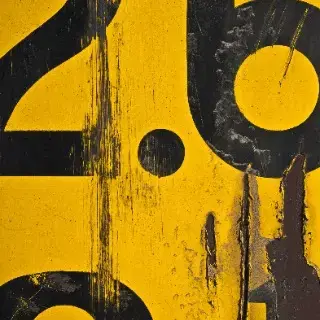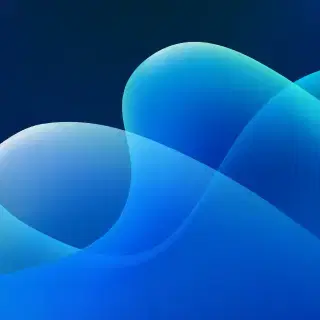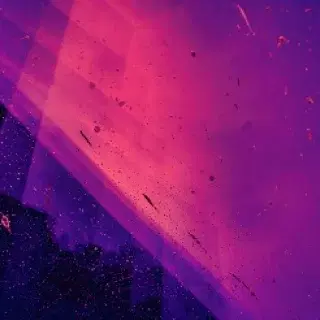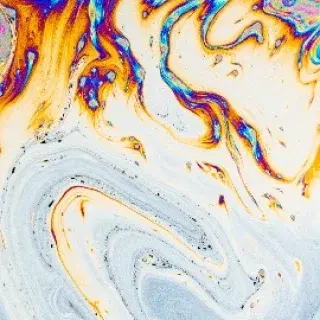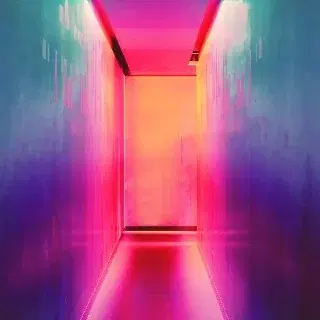- Insights
- >
- Color Theory in Web Design: A Palette of Possibilities

Color Theory in Web Design: A Palette of Possibilities
Imagine waking up one day to find that all the colors have been switched—butter chicken looks blue and Garfield is green. This scenario would surely petrify your day, much like how users feel when your website's color scheme is not optimized well.
Color is the lifeblood of web design, the vibrant brushstroke that changes a digital canvas from forgettable to phenomenal. It's not only about aesthetics, color is a powerful tool that speaks volumes to your audience, influencing emotions, guiding actions, and shaping brand identity.
We have compiled a set of principles and steps to help advance your color knowledge in web design. Follow these guidelines to create stunning websites with the right colors for your choice.
Understanding Color Wheels and Schemes
Your journey here starts with the color wheel, a compass mapping out the connections between hues. The primary colors (red, yellow, blue) stand tall, their bold personalities refusing to mingle. Secondary colors (green, orange, purple) emerge from the playful union of primaries, while tertiaries add a touch of sophistication, born from the blend of a primary and a secondary.
But the color wheel is just the starting point.
Choose a color scheme to bring your website to life. Analogous schemes, such as a sunset's smooth transition from orange to pink, create a seamless and flowing look. Complementary schemes, like the interplay of blue and orange, energize the eye with their vibrant contrast. Opt for triadic schemes, featuring a cool combination of blue, green, and purple, for a balanced and sophisticated feel.
Color Psychology and User Experience
Brands that actively leverage color psychology in their website design generate 37% higher brand loyalty among their target audience.
Colors are not just pixels on a screen, they act as triggers for emotions. Red pulsates with passion and energy, urging users to click that buy button. Blue evokes trust and security, making it the perfect choice for financial websites. Green whispers of nature and growth, ideal for eco-conscious brands. Understanding these psychological associations is key to designing a website that speaks to your target audience's hearts and minds.
But don't forget about accessibility. Vibrant hues against a blinding white background might look striking, but it creates frustration for users with visual impairments. Ensure adequate contrast, consider color blindness, and remember that sometimes a muted palette can be just as powerful.
Inspiration to Implementation: Tools and Techniques
Over 80% of successful web design projects attribute their achievements to the strategic use of a diverse toolkit, combining wireframing, prototyping, version control, responsive design frameworks, and performance optimization tools.
Bridging inspiration to implementation demands a strategic arsenal of tools and techniques. Start with wireframing tools like Sketch or Figma to sketch out your vision and ensure seamless collaboration. Transition to prototyping platforms such as InVision or Adobe XD for interactive simulations. InVision and Adobe XD contribute to a 25% reduction in project iteration time, allowing designers to refine and validate their concepts.
Utilize version control systems like Git to manage collaborative coding efforts efficiently. Ensure optimal performance using tools like Lighthouse or PageSpeed Insights. This comprehensive toolkit ensures a smooth transition from ideation to execution, empowering web designers to craft compelling and functional digital experiences.
Online communities like Dribbble and Behance showcase stunning website designs, ripe for color inspiration. And don't be afraid to experiment! Grab a physical color wheel, play with swatches in your design software, and see what speaks to you.
The Future Palette: Trends and Innovations
Web design's color palette trends are constantly changing like a kaleidoscope. Gradients, bold duotones, and earthy tones are taking center stage, infusing websites with depth, drama, and organic calm. Neon accents add pops of playful energy, while custom palettes let brands truly own their visual identity.
Beyond aesthetics, AI tools are a game-changing factor in color selection, suggesting harmonious schemes and analyzing existing palettes for optimal impact. By 2025, the global market for AI-powered color palette generation tools is expected to reach $1.2 billion, fueled by a rise in demand for personalized and data-driven design. VR and AR let you virtually experience your color choices in real-world settings.
Experimentation is key, but always consider the context of your brand and the preferences of your target audience. A well-informed balance between contemporary trends and timeless classics ensures your website remains visually relevant. There are no hard and fast rules for choosing colors in web design, just endless possibilities. So, be bold, experiment with the unexpected, and let your website sing with the vibrant language of color.



 View more
View more
